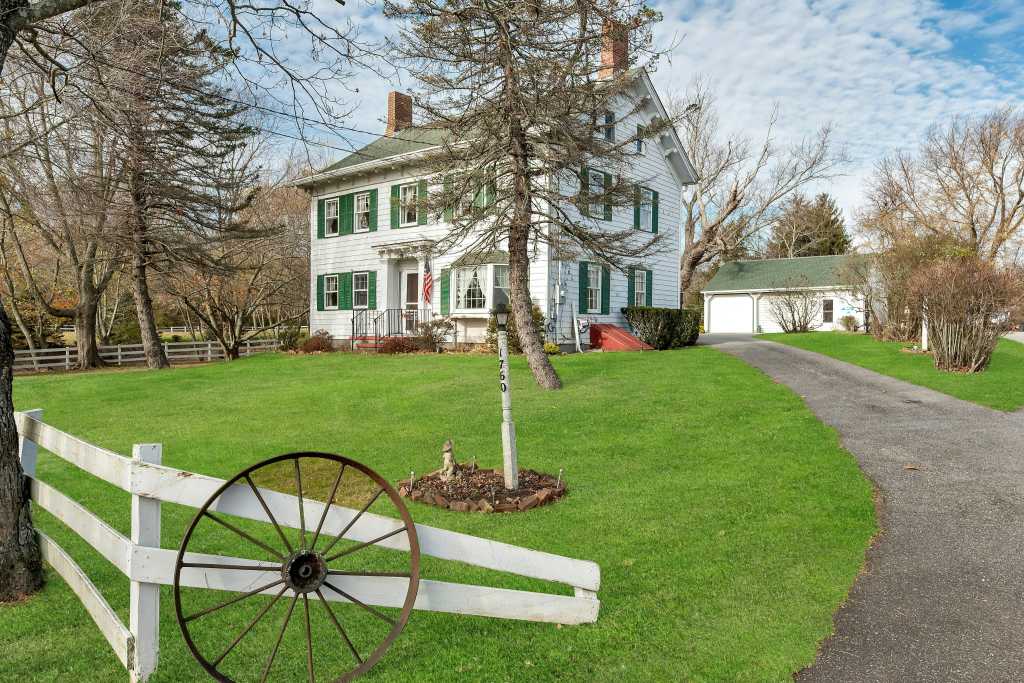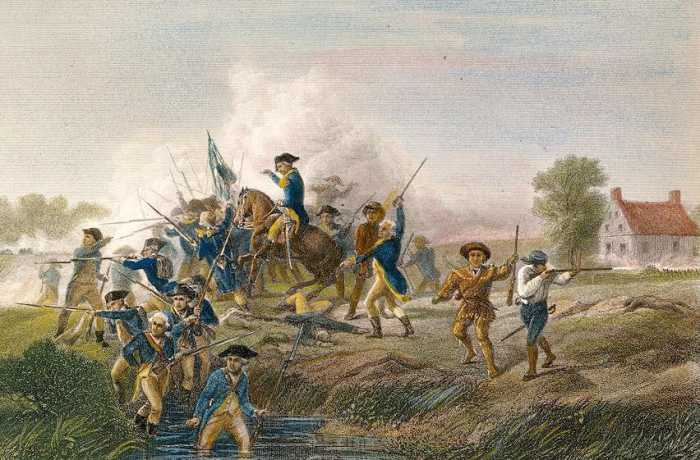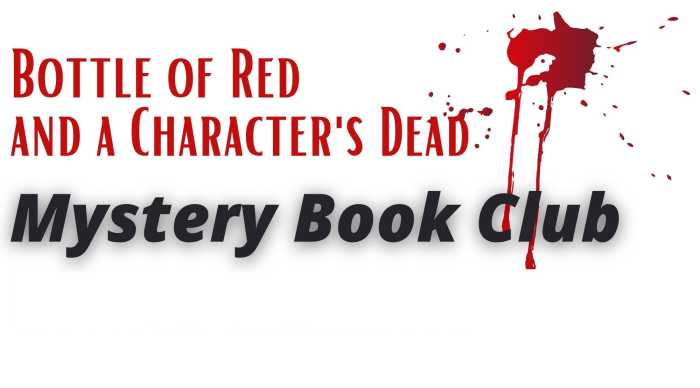Steve Joester Explores the Art of Rock at The White Room Gallery
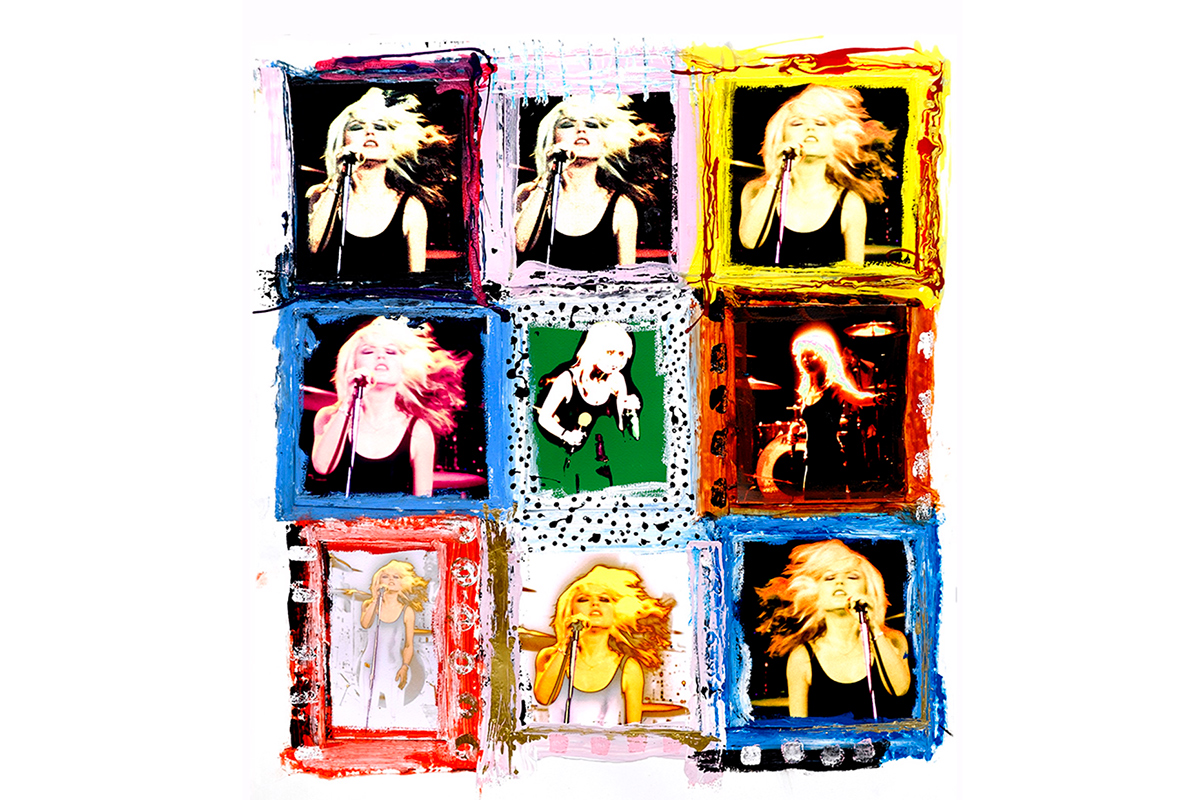
Ansel Adams said, “You don’t take a photograph, you make it.” And that sentiment is profoundly evident in the oeuvre of an artist who captured the dynamic inception of rock ’n’ roll. The walls can’t talk but his negatives certainly can. This week’s cover artist, Steve Joester lets us be voyeurs of his wild ride behind the lens as he discusses the journey and his upcoming exhibit, Stripped: Music That Changed Our World, and documentary filming at The White Room Gallery in East Hampton with an opening reception Saturday, April 26 from 6-8 p.m.

A Conversation with Steve Joester
The most unique moment in Rock ’n’ Roll history that you captured?
Malcolm McLaren asked me to accompany the Sex Pistols to the signing of their record agreement in front of Buckingham Palace. And no, no Queen, just the cops.

Most memorable moments photographing legendary bands?
Bob Marley, London 1976. So dark before the show, you couldn’t see anything apart from the red lights on the amps. Then through the sound system came Bob’s voice. “One good thing about music, when it hits you, ya feel no pain.” And then he goes into “Trench Town Rock.” Goose bumps. I never knew that was a thing, but I felt it.
The whole audience did. It was a truly magical show, uplifting in every way, as long as you remembered to breathe in really deep, all night long. Then of course, being in the pit photographing The Rolling Stones’ revolutionary 1975 Star tour. Add to that shooting Pink Floyd’s wildly imaginative live shows and Queen’s high-octane productions. But then, at the other end of the spectrum, there are the softer live performances like those of Stevie Nicks, Neil Young and Sting. There is always beauty in the softness.
What was a day in the life of a rock ’n’ roll photographer on the road like?
There were days when I had no idea where I was and woke feeling worse for wear after a late night with the band. No surprise there, but my priority was always making sure the cameras were good. Auto settings didn’t exist, so my reactions had to be immediate. The camera was my instrument. Of course, I did not know what I had captured until the film was processed. Viewing the results on the light box was such a great moment — it was magic. Or there was a lot of cursing. Fortunately, for me, less of the latter.
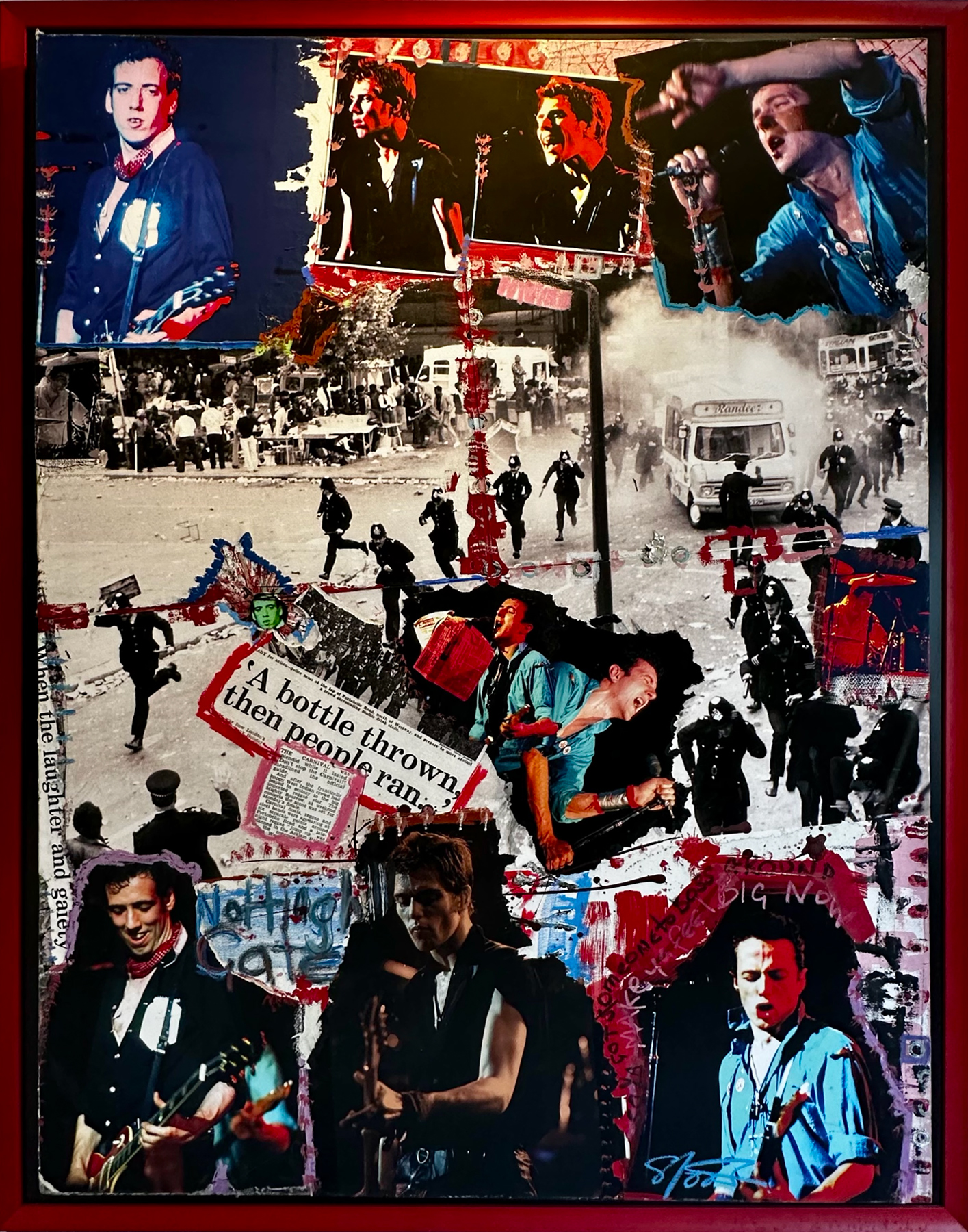
What was the genesis of Steve?
I began in fine art, but soon left college to see the world, hitchhiking through Europe, eventually ending up in Morocco. Music was a huge influence on me from an early age. I grew up as Britain was undergoing a cultural revolution that included the emergence of rock ’n’ roll. When I was 19, I moved to London completely broke. I waited tables, shot local pub bands and began photographing bigger bands. Music magazines, which were flourishing at the time, began to buy my pics and soon record companies were giving me access, buying my shots and commissioning my work. The rest is history. Or my story.
You went from print to canvas for your mixed media. What does that look like?
Starting with my photographs it navigates into an unexpected journey. My process is very intuitive. I layer, step away, return with paint, stencils, words, collage and whatever else I deem necessary, and the final work appears.
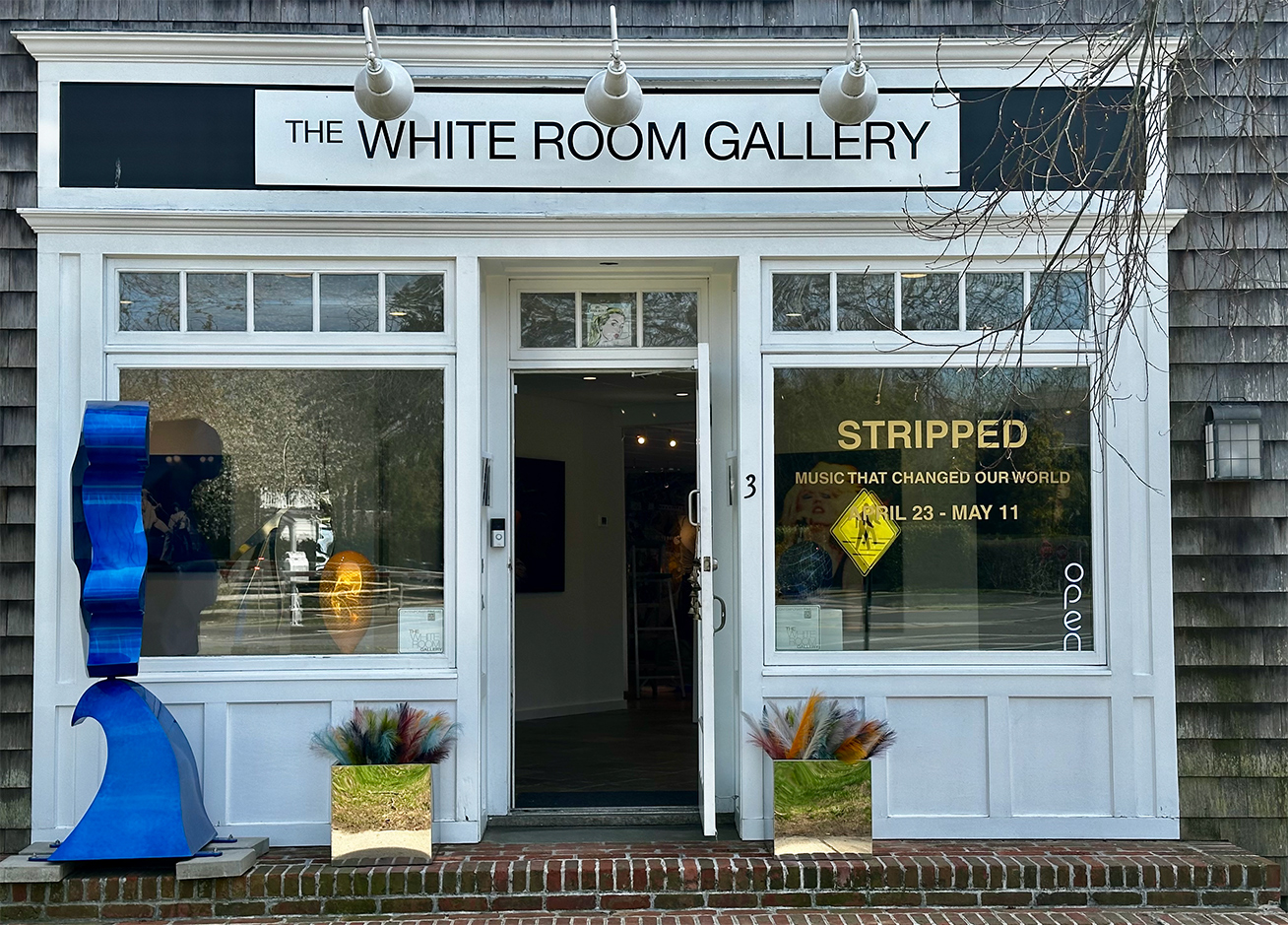
How long have you been showing with The White Room Gallery? And explain a little bit about the upcoming exhibit.
I have been showing at The White Room Gallery for 10 years. It is an ever-evolving gallery as Andrea and Kat are continually pushing their artists to challenge themselves as well as bringing in new talent. I love how collaborative they are in working with artists. This show brings the breadth of my “rock ’n’ roll” work together. The artwork includes black and white photographs, exciting collaborations with great street artists, my multi-media pieces and new printing techniques that did not exist when the original images were shot.
The exhibit is a big production and made all the more exciting as the final part of a documentary on my work by award-winning filmmaker/director Jeff Oppenheim. I am particularly pleased that a percentage of all sales are being donated to Save the Music Foundation, a wonderful organization that brings the power of music to students, schools and communities.

The last question must be about the mysterious title of the exhibit – Stripped: Music That Changed Our World. So evocative on many fronts. Can you explain the derivation?
It relates to many things in the UK and in the US. Mainly the moral and social facade of society was stripped away. In one word: Rebellion.
In the UK there was a very strict social ladder that had been in place for centuries, and although the real power wasn’t immediately changed, the relevance of it to young people was. There was new blood and technology pumping through music, film, literature and art.
An opportunity that had not existed before. Equally important was the invention of the “pill” which gave a new sexual freedom to both sexes. A perfect storm after the safety people had sought coming out of the Second World War. There was now a new generation with the guard rails off. The title also incorporates photography as all the pieces in the exhibit started as a “strip” of 35mm film. Imagine that.
Steve Joester’s Stripped: Music That Changed Our World opens at The White Room Gallery in East Hampton (3 Railroad Avenue) on Saturday, April 26 from 6-8 p.m. The show is on view April 23 – May 11. Learn more at thewhiteroom.gallery.

